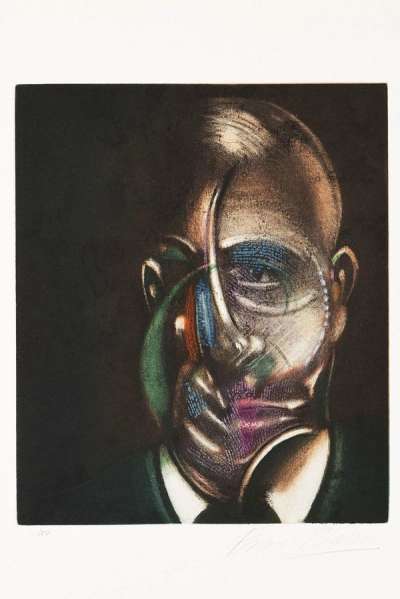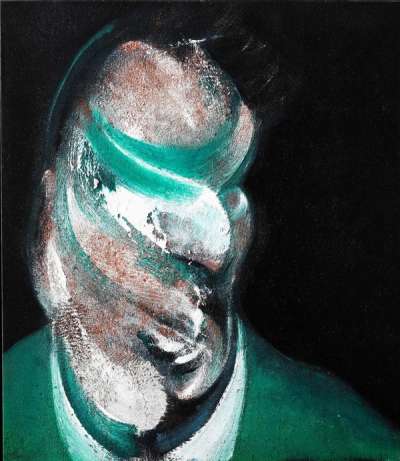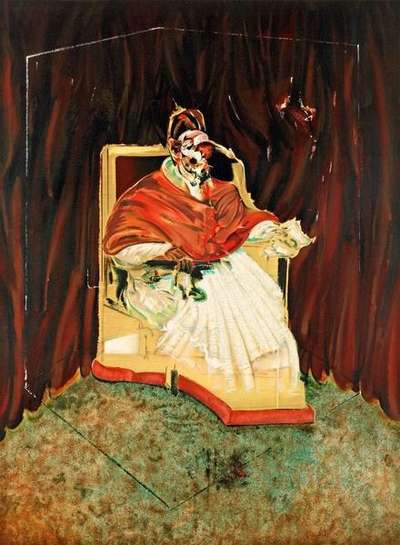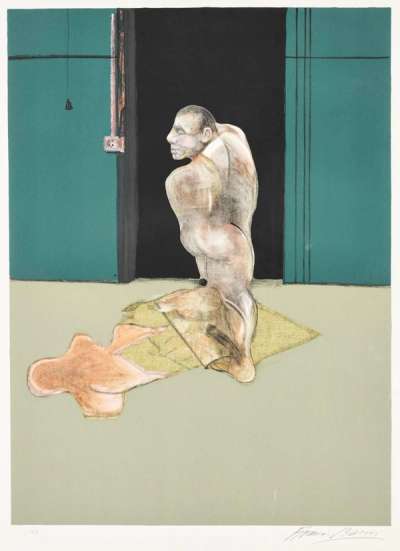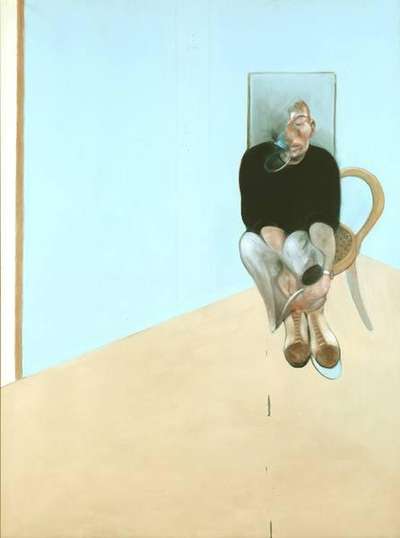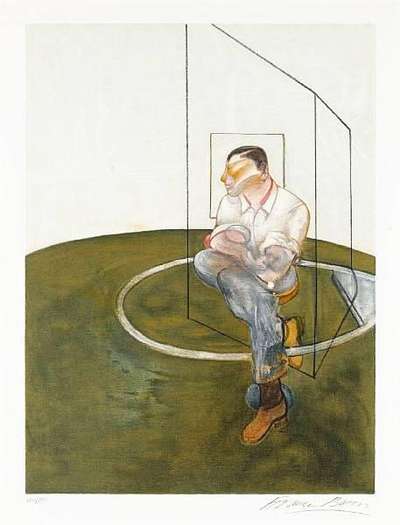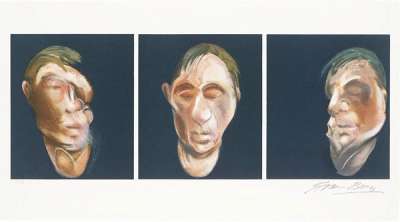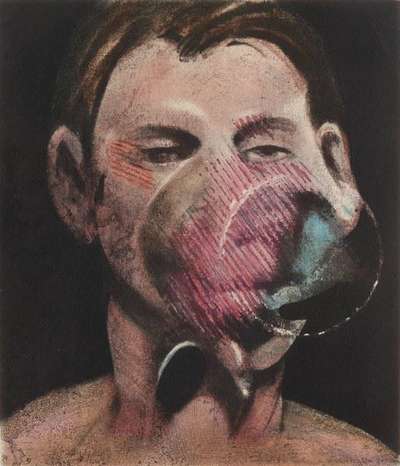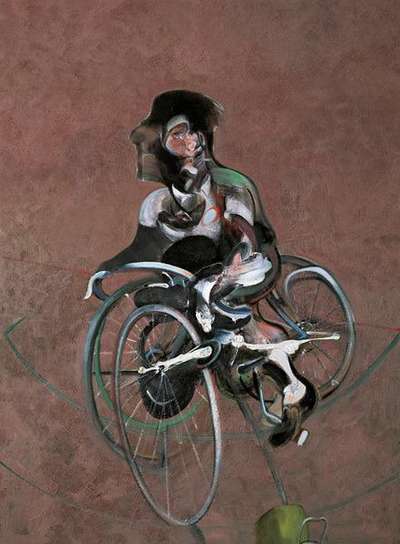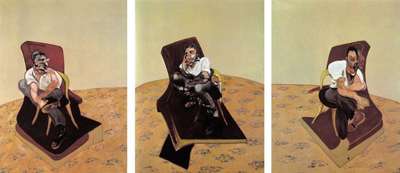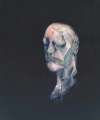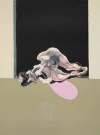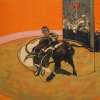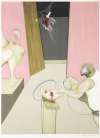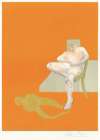Portraits
Find out more about the Francis Bacon Portraits collection, browse prints & editions for sale & view the works wanted by active buyers right now.
Francis Bacon Portraits For sale
Portraits Value (5 Years)
With £125750 in the past 12 months, Francis Bacon's Portraits series is one of the most actively traded in the market. Prices have varied significantly – from £1500 to £44364 – driven by fluctuations in factors like condition, provenance, and market timing. Over the past 12 months, the average selling price was £8383, with an average annual growth rate of 4.17% across the series.
Portraits Market value
Auction Results
| Artwork | Auction Date | Auction House | Return to Seller | Hammer Price | Buyer Paid |
|---|---|---|---|---|---|
 Three Studies For Self Portrait Francis Bacon Signed Print | 25 Sept 2025 | Christie's London | £11,050 | £13,000 | £18,000 |
 Study For A Portrait Of Pope Innocent X Francis Bacon Signed Print | 25 Jun 2025 | Bonhams New Bond Street | £10,200 | £12,000 | £15,000 |
 Study For Portrait Of John Edwards Francis Bacon Signed Print | 25 Jun 2025 | Bonhams New Bond Street | £4,675 | £5,500 | £7,000 |
 Study For Portrait Of John Edwards (right panel) Francis Bacon Signed Print | 26 Apr 2025 | Larsen Gallery | £6,800 | £8,000 | £10,000 |
 Portrait Of Peter Beard Francis Bacon Signed Print | 24 Apr 2025 | Heffel Online | £3,443 | £4,050 | £5,500 |
 Study For Self-Portrait 1982 Francis Bacon Signed Print | 1 Apr 2025 | Bonhams New York | £3,953 | £4,650 | £6,000 |
 Portrait Of George Dyer Riding A Bicycle Francis Bacon Signed Print | 24 Jan 2025 | Phillips London | £3,315 | £3,900 | £5,500 |
 Portrait Of Michel Leiris (S. 2) Francis Bacon Signed Print | 6 Jun 2024 | Phillips London | £3,783 | £4,450 | £6,000 |
Sell Your Art
with Us
with Us
Join Our Network of Collectors. Buy, Sell and Track Demand
Meaning & Analysis
The Portraits collection centres around a central component of the visceral œuvre of Irish-born artist Francis Bacon: the human face. Although well-known for his many painterly encounters with the body – be it human or animal – Bacon created portrait-based works throughout his lengthy and critically successful career. From his so-called ‘Screaming Popes’ – works depicting the named subject matter, produced mostly during the 1950s – through to the artist’s self-portraits of the 1970s, Bacon’s approach to the head can be characterised as distorted, deconstructive, and dark. Working exclusively from photographs and never from life, Bacon’s portraits capture the essence of a subject rather than a representation of likeness – a fact that contrasts with the artist’s longstanding paradoxical assertion that he wished only to depict the visible rather than the soul concealed within.
A key feature of the Portraits collection is a print portraying perhaps the most famous Bacon work of all time. Study For A Portrait Of Pope Innocent X (1989) reproduces the 1953 painting Study After Velásquez’s Portrait Of Pope Innocent X, produced in 1953. One of the artist’s so-called ‘Screaming Popes, the piece constitutes a modern re-interpretation of art historical canon in the form of Spanish Baroque painter Diego Velásquez’s 1650 work, Retrato de Inocencio X. Working from a large collection of different source materials, Bacon executed around 50 different versions of his shocking work during the ‘50s and ‘60s. It is a standout example of what many have named the ‘screaming mouth’ motif; drawn from two major sources, the work of German Renaissance painter Matthias Grünewald, and the infamous ‘Odessa Steps’ scene from Battleship Potemkin – a seminal 1925 film by Soviet filmmaker Sergei Eisenstein – it has been cited as a representation of Bacon’s atheism. Some have identified the motif as representative of an execution of a father figure.
The ghost-like presence of George Dyer, East End gangster and Bacon’s onetime lover, peppers the artist’s portraits. The hallucinatory and diplopic Portrait Of George Dyer Riding A Bicycle (1966), for example, roughly depicts Dyer riding the gestural imprint of a racing bike; the lithograph print Man’s Head (Portrait Of George Dyer Talking) (1966), on the other hand, confronts Dyer’s arresting face and upper torso with a greater degree of precision. Friends and contemporaries, such as German-born artist Lucian Freud, are also present, with Study For Head Of Lucian Freud (1967) dissolving the painter’s bold features into an expressionistic wash of green, white, and red paint. Yet despite his longstanding focus on subjects other than himself, this collection provides evidence of painterly introspection and self-analysis on Bacon’s part. In no other works is this assessment more true than the prints Three Studies For Self Portrait, 1979 (1981) and Three Studies For Self Portrait (1990), which depict standout examples of the artist’s unique approach to representation and likeness.
